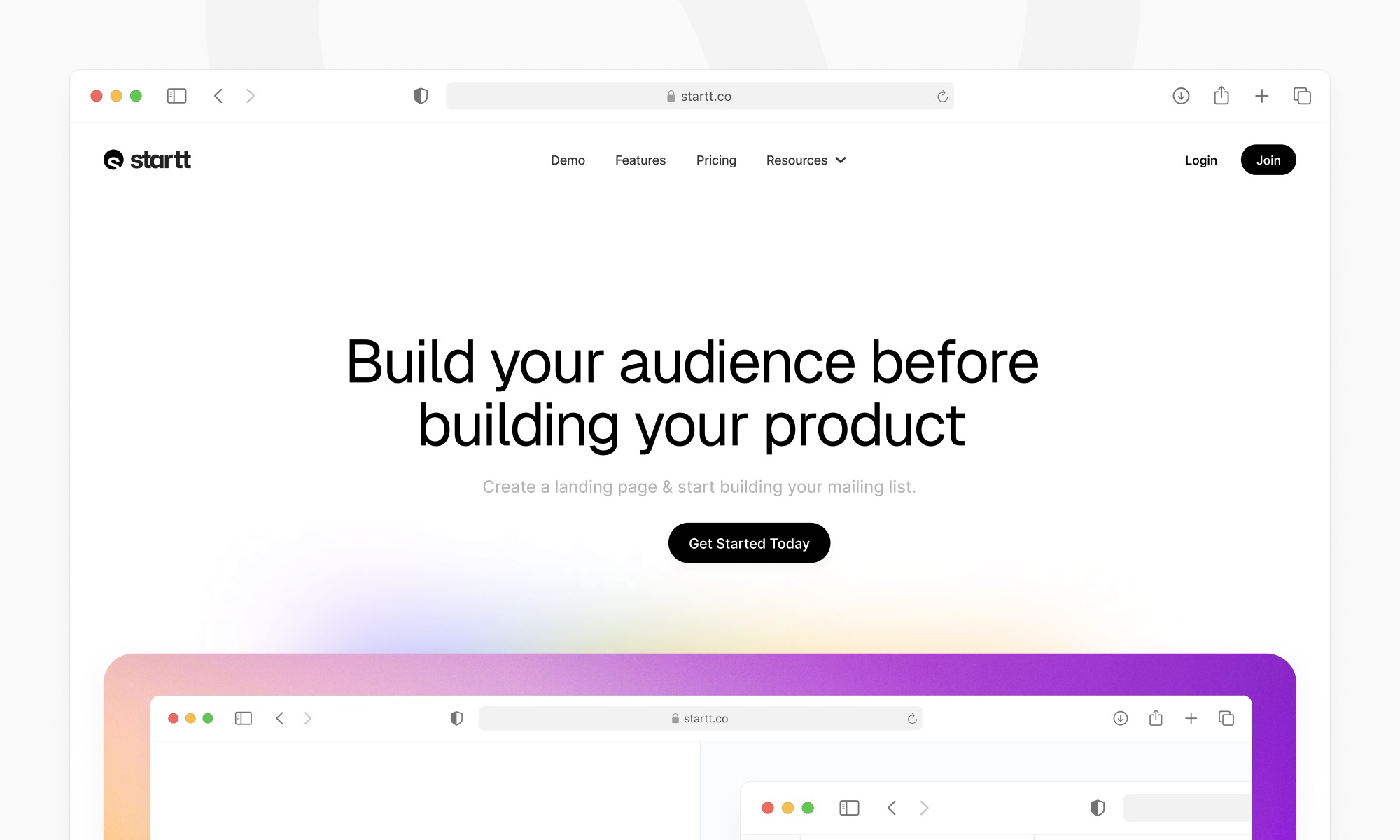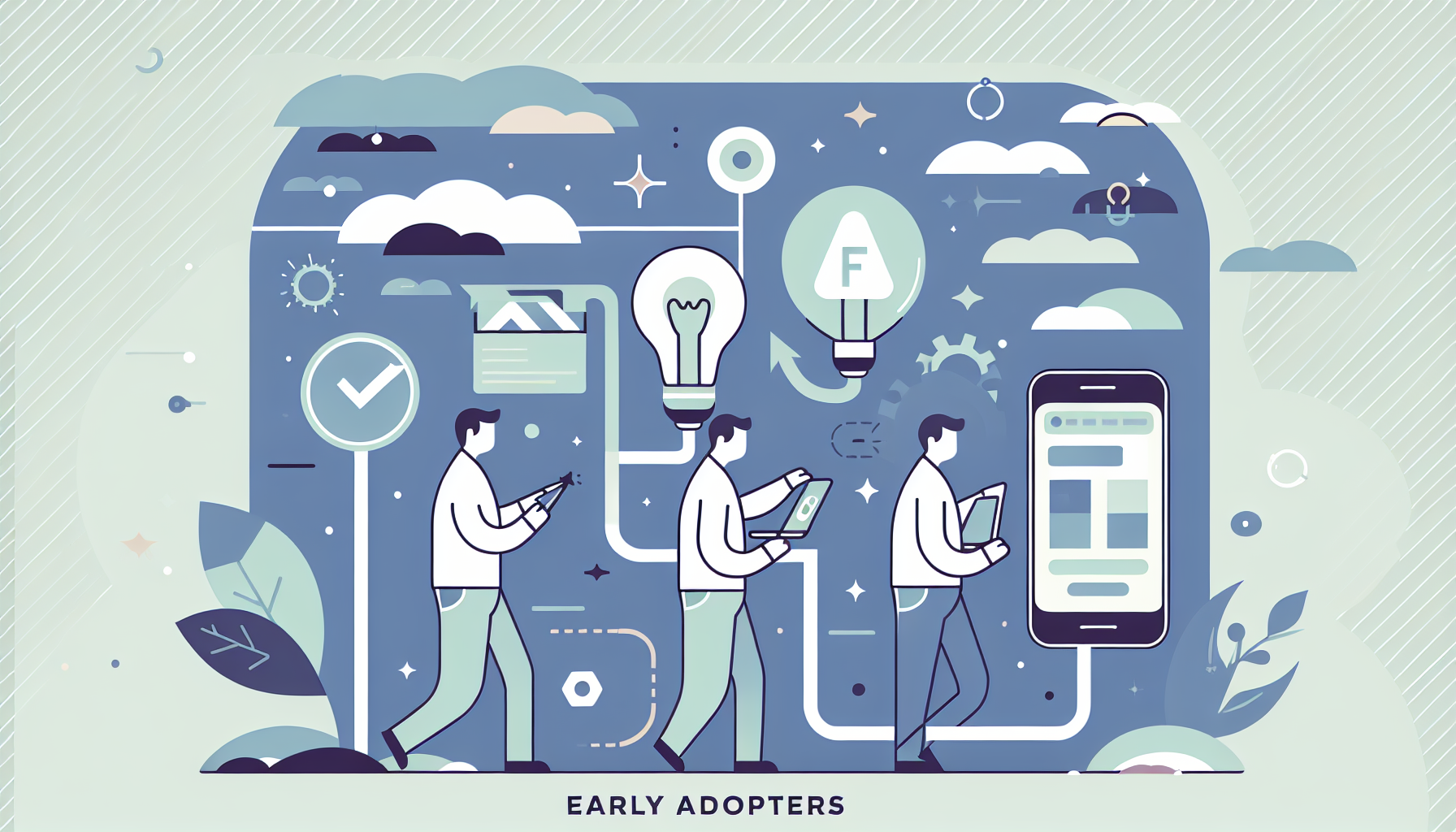Understanding the Psychology of High-Converting Landing Pages
When it comes to creating a successful landing page, it’s not just about having a sleek design or an appealing offer. Behind every high-converting landing page lies a deep understanding of human psychology. The way people think, feel, and behave can dramatically influence whether they click that call-to-action (CTA) button or leave your page entirely. In this post, we’ll dive into the psychological principles that can transform your landing page into a conversion powerhouse.
1. First Impressions Matter
Humans are visual creatures, and it only takes a fraction of a second for someone to form an opinion about your landing page. This is why first impressions are crucial. Studies suggest that visitors form an impression of a website in just 50 milliseconds. If your landing page doesn’t immediately convey trust, professionalism, and relevance, potential customers will bounce before reading a single line of copy.
Design for Immediate Appeal
To make a strong first impression, your landing page should have a clean, well-organized design with high-quality images, clear typography, and a focused color scheme. You should also keep page load time fast, as slow load speeds are one of the quickest ways to lose a visitor’s trust. Tools like Startt can help you build beautiful, fast-loading landing pages in just minutes.
2. The Power of Social Proof
One of the most powerful psychological tools in marketing is social proof. People tend to trust the actions and recommendations of others, especially when they’re unsure about a decision. Social proof gives potential customers the assurance that others like them have made the same decision—and that it was the right one.
Ways to Leverage Social Proof
- Testimonials: Include quotes or short stories from satisfied customers. Authentic feedback can work wonders in reducing doubt.
- Case Studies: Provide detailed accounts of how your product or service solved a real problem for a customer.
- Trust Badges: Display logos of well-known brands you’ve worked with, certifications, or awards your business has received.
At Startt, we encourage users to add social proof to their landing pages. You can easily integrate testimonials, customer reviews, and case studies to build credibility and trust with new visitors.
3. The Principle of Reciprocity
The principle of reciprocity states that people are more likely to take action if they’ve been given something first. This is why free offers, such as downloadable guides, free trials, or discount codes, work so well. When you give something valuable away, visitors feel compelled to return the favor, often by signing up for your service or purchasing your product.
How to Apply Reciprocity to Your Landing Page
Consider offering a free resource or bonus in exchange for a visitor’s email or signup. For example, "Sign up for our newsletter and receive a free guide to optimizing your landing pages." By offering value upfront, you make it easier for potential customers to justify taking the next step.
With Startt, it’s easy to create and distribute lead magnets directly on your landing page. You can build lead capture forms that are integrated with your email marketing platform, turning reciprocity into conversions.
4. FOMO (Fear of Missing Out)
Humans are wired to avoid loss more than they are to seek gain. This is where FOMO, or the fear of missing out, becomes a powerful motivator. When people believe they might lose an opportunity, they are more likely to act quickly.
Creating Urgency and Scarcity
FOMO can be incorporated into your landing page by creating a sense of urgency or scarcity. For example:
- Limited-time offers: Use countdown timers to emphasize that your offer is only available for a short period.
- Exclusive deals: Mention that your product is only available to a limited number of people or at a limited price.
- Stock scarcity: Display the number of items remaining to urge customers to act before stock runs out.
With Startt, you can add elements like countdown timers and special offer banners directly to your landing pages, making it easy to evoke FOMO and prompt immediate action.
5. The Rule of Simplicity
Another psychological principle that is essential to landing page design is the rule of simplicity. The more options and distractions you present to visitors, the harder it becomes for them to make a decision. This phenomenon, known as choice paralysis, can drastically lower your conversion rate.
How to Keep Things Simple
To avoid overwhelming your visitors, follow these best practices:
- One goal per page: Every landing page should have one clear goal, whether it’s collecting emails, driving sales, or prompting a signup. Eliminate anything that doesn’t support this goal.
- Clear, concise copy: Use short sentences and bullet points to explain your value proposition quickly and clearly.
- Single call-to-action: There should be no doubt about what action visitors are supposed to take. Use a strong CTA button with direct language like “Sign Up Now” or “Get Started.”
Startt allows you to create clean, minimalist landing pages that guide visitors directly toward your CTA, reducing distractions and increasing the chances of conversion.
6. The Power of Emotional Triggers
While facts and features are important, emotions often drive decisions. People are far more likely to convert when your landing page taps into their desires, fears, and aspirations.
Identify and Appeal to Your Audience’s Emotions
Depending on your product or service, you can evoke emotions such as:
- Fear: Highlight the consequences of inaction (e.g., “Don’t let another month go by without taking control of your business finances”).
- Excitement: Make visitors feel that your offer is an opportunity they can’t pass up.
- Belonging: Appeal to their desire to be part of a community or trend by showing how your product connects them to others.
Your copy, images, and design should all work together to create an emotional connection with visitors. At Startt, our easy-to-use templates help you craft pages that resonate with your audience on a deeper, more emotional level.
7. Consistency and Relevance
Finally, your landing page needs to be consistent with your brand and relevant to the visitor’s expectations. If a user clicks on a Facebook ad promoting a discount and arrives at a landing page that doesn’t mention the offer, they’ll likely bounce.
Ensure Consistency Across Touchpoints
To maintain trust, ensure that your landing page aligns with the messaging, design, and promise of the source that brought visitors there. This consistency reduces friction and builds credibility. Startt makes it simple to customize your landing page so that every element matches your brand’s tone, colors, and overall experience, ensuring a seamless transition from ad to action.
Conclusion
Designing a high-converting landing page isn’t just about aesthetics; it’s about understanding the psychology behind user behavior. By applying principles like social proof, reciprocity, FOMO, and simplicity, you can create a landing page that not only looks great but also drives results.
If you're ready to start creating a landing page that truly resonates with your audience, try Startt today. Our platform makes it easy to build customized, conversion-focused landing pages in minutes—so you can start growing your audience and your business faster.
Ready to build your audience?
It’s completely free to create your page and takes just minutes to setup.
Create your account










